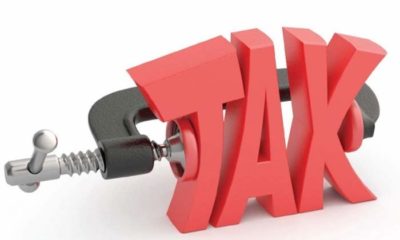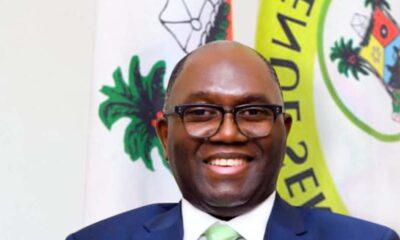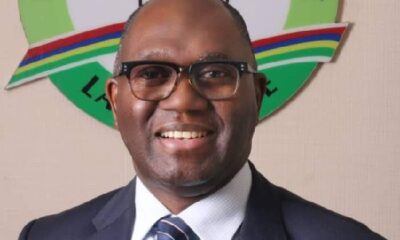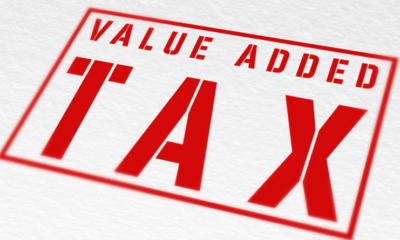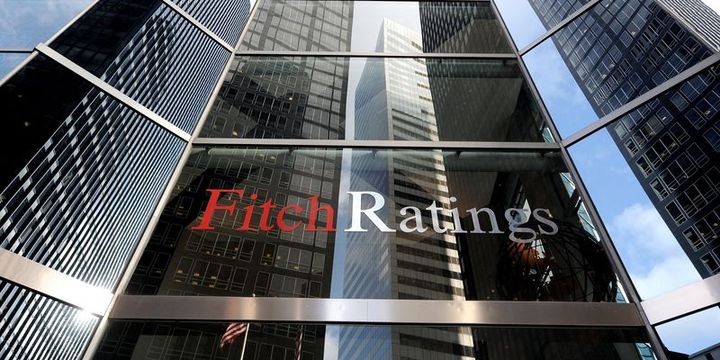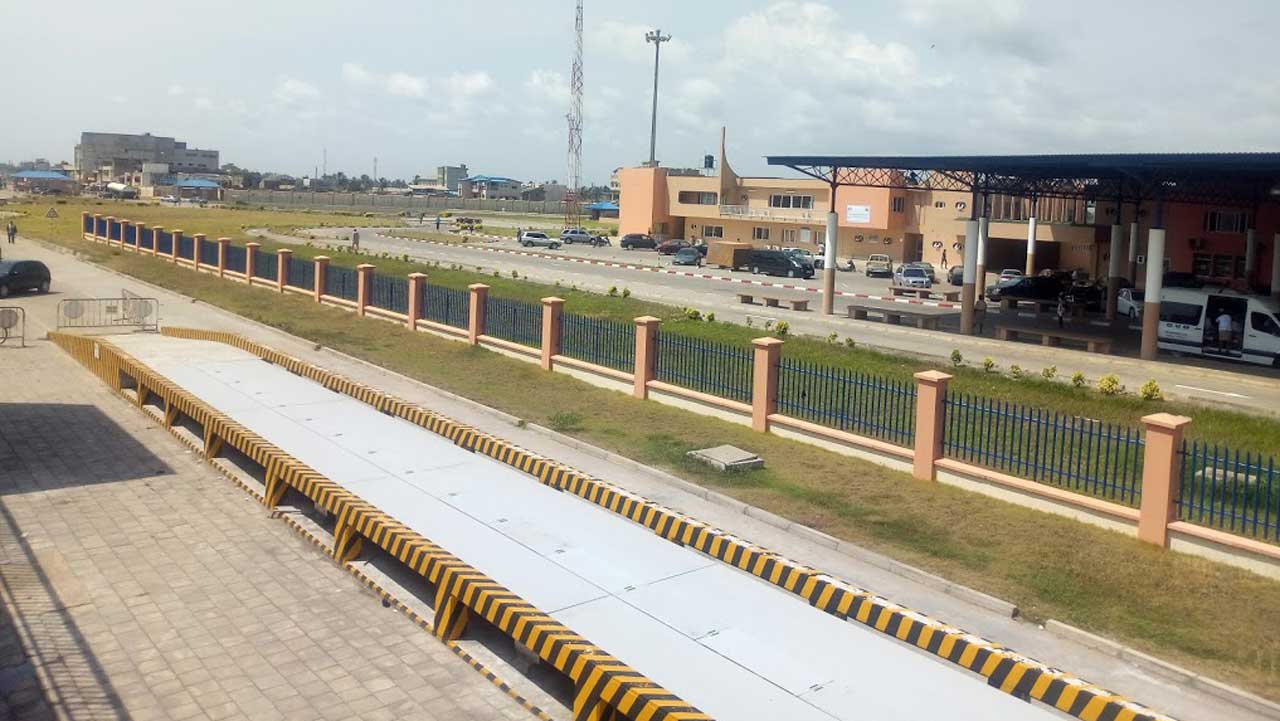- IGR: Lagos, Rivers, Ogun, Delta Generates N2.71tn IGR in 5 Years
A report showed four states generated 60.22 percent of the N4.5 trillion Internally Generated Revenue (IGR) for the country in five years.
Four states of the federation – Lagos, Rivers, Ogun and Delta – generated N2.71tn in internal revenue between 2013 and 2017, an investigation has shown.
Statistics on the performance of the 36 states of the federation obtained by our correspondent showed that the 36 states generated a total of N4.5tn within the five years under review.
This meant that the top four states in IGR generated as much as 60.22 per cent of the total IGR of the subnational governments in the country while the remaining 32 states accounted for the remaining 39.78 per cent or N1.79tn.
Expectedly, Lagos came tops on the table with a total of N1.72tn within the five-year period. With this performance, Lagos alone accounted for 38.22 per cent of the entire IGR generated by the subnational governments in the five-year period.
In 2013, Lagos generated a total of N236.2bn. The performance went up in 2014 with a total of N276.16bn. It went down slightly in 2015 to N268.2bn. In 2016, the state’s IGR went up again to N302.43bn before peaking at N333.97bn in 2017.
Rivers State came a distant second with a revenue performance of N433.9bn. Thus, the state accounted for 9.64 per cent of the total IGR collected by the states in the five-year period.
The state generated N87.91bn; N89.11bn; N82.1bn; N85.29bn and N89.48bn in 2013, 2014, 2015, 2016 and 2017 respectively.
On the third place is Ogun State, which generated a total of N286.67bn within the period of five years. Thus, the state accounted for 6.37 per cent of the total IGR that the 36 states of the federation collected within the same period of time.
The state moved steadily up in the five-year period. The state generated N13.78bn in 2013; N17.5 in 2014; N34.6bn in 2015; N72.98bn in 2016 and N74.84bn in 2017.
On the fourth position in IGR is Delta State, which generated N273.84bn in the five-year period. It, therefore, accounted for 6.09 per cent of the entire IGR collected by the subnational governments in five years.
The state generated N50.21bn; N42.82bn; N40.81bn; N44.06bn and N51.89bn in 2013, 2014, 2015, 2016 and 2017 respectively.
Four other states hit the N100bn mark in the revenues they generated within the period under review. These are Kano, Edo, Oyo and Akwa Ibom.
Kano State generated N148.75bn in the following order: N17.9bn in 2013; N13.66bn in 2014; N13.61bn in 2015; N30.96bn in 2016 and N42.42bn in 2017.
Edo State generated N126.47bn in the following order: N18.9bn in 2013; N17.02bn in 2014; N19.12bn in 2015; N23.04bn in 2016 and N25.34bn in 2017.
On the other hand, Akwa Ibom made N108.36bn spread thus in five years – N15.4bn in 2013; N15.68bn in 2014; N14.79bn in 2015; N23.27bn in 2016 and N15.96bn in 2017.
Similarly, Oyo State generated N107.43bn – N15.25bn; N16.31bn; N15.66bn; N18.88bn and N22.45bn in 2013, 2014, 2015, 2016 and 2017 respectively.
The 10 states on the bottom of the table are Yobe, Borno, Ekiti, Kebbi, Gombe, Nasarawa, Zamfara, Taraba, Katsina and Ebonyi.
Thus, no state in the South-South geopolitical zone was among the bottom of the table. Ebonyi represented the South-East in the bottom league while Ekiti represented the South-West in the bottom league.
Kebbi, Zamfara and Katsina represented the North-West on the bottom of the table. Nasarawa and Taraba represented the North-Central on the bottom of the table while the North-East was represented by Yobe, Borno and Gombe.
Yobe made a total of N18.48bn in five years. Borno generated N18.76bn in the period under review while Ekiti made N20.05bn within the five-year period.
On the other hand, Kebbi made N21.82bn; Gombe generated N21.91bn while Nasarawa generated N23bn within the period under review.
Similarly, Zamfara generated N24.51bn; Taraba generated N27.41bn; Katsina generated N30.44bn while Ebonyi made N30.91bn.
Mid-table states in terms of IGR include Kaduna which generated N95.89bn; Enugu (the first state from the South-East to show up on the radar), N93.81bn; Cross River, N88.97bn; Kwara, N87.62bn and Abia, N78.54bn.
Others are Anambara, N68.13bn; Ondo, N60.61bn; Bayelsa, N58.51bn; Benue, N55.8bn; Osun, N53.37bn; Plateau, N52.88bn; Kogi, N48.75bn; Imo, N39.76bn; Bauchi, N36.91bn; Sokoto, N35.46bn; Jigawa, N34.83bn; Niger, N34.11bn and Adamawa, N31.38bn.
On an annual basis, the 36 states generated a total of N662.05bn in 2013. This increased to N707.86bn in 2014 before coming down to N682.67bn in 2015. It rose to N820.19bn in 2016 and peaked at N936.47bn in 2017.
Low IGR has been the bane of development in the states, with many of them depending virtually on what they get from the federation account. Thus, some experts have queried the viability of the many state governments, given their low IGRs.
While some experts think that true federalism will wean the states of overdependence on the federation account, others think that there is an urgent need to restructure the federation into a federation of six geopolitical zones, instead of operating 36-state structure with three arms of government in each state of the federation.
Even in 2017 when IGR of the states stood at its peak, a higher proportion of the fund available to the states came from the federation account. While IGR accounted for N936.47bn, the states received N1.73tn from the federation account.
This means that IGR accounted for only 35.21 per cent while the federation account was responsible for 64.79 per cent of the funds available to the states.
Acting Chairman of Revenue Mobilisation, Allocation and Fiscal Commission, Mr Umar Gana, told our correspondent that the states needed help to increase their IGR but only two states – Kebbi and Katsina – had accepted to host IGR workshops facilitated by the agency.
According to him, only a few states have effective IGR system. Gana said it was because of low IGR that the states were now clamouring for new revenue formula to be able to pay the new minimum wage.
A lot more needed to be done, he added.



 Forex4 weeks ago
Forex4 weeks ago


 Naira4 weeks ago
Naira4 weeks ago
 Billionaire Watch4 weeks ago
Billionaire Watch4 weeks ago






 Naira4 weeks ago
Naira4 weeks ago






 Naira3 weeks ago
Naira3 weeks ago


 Naira3 weeks ago
Naira3 weeks ago






 Naira2 weeks ago
Naira2 weeks ago
 Economy4 weeks ago
Economy4 weeks ago


